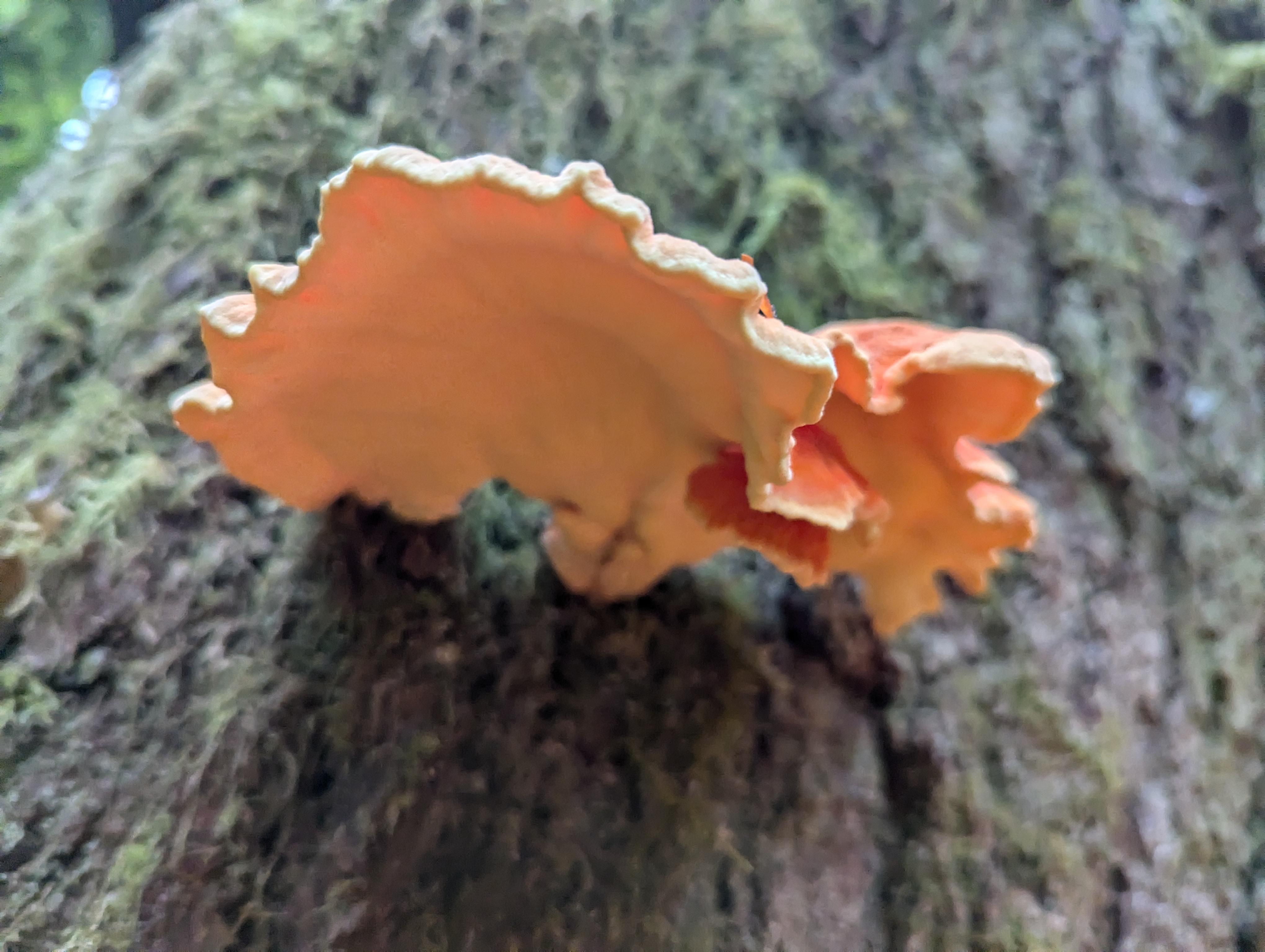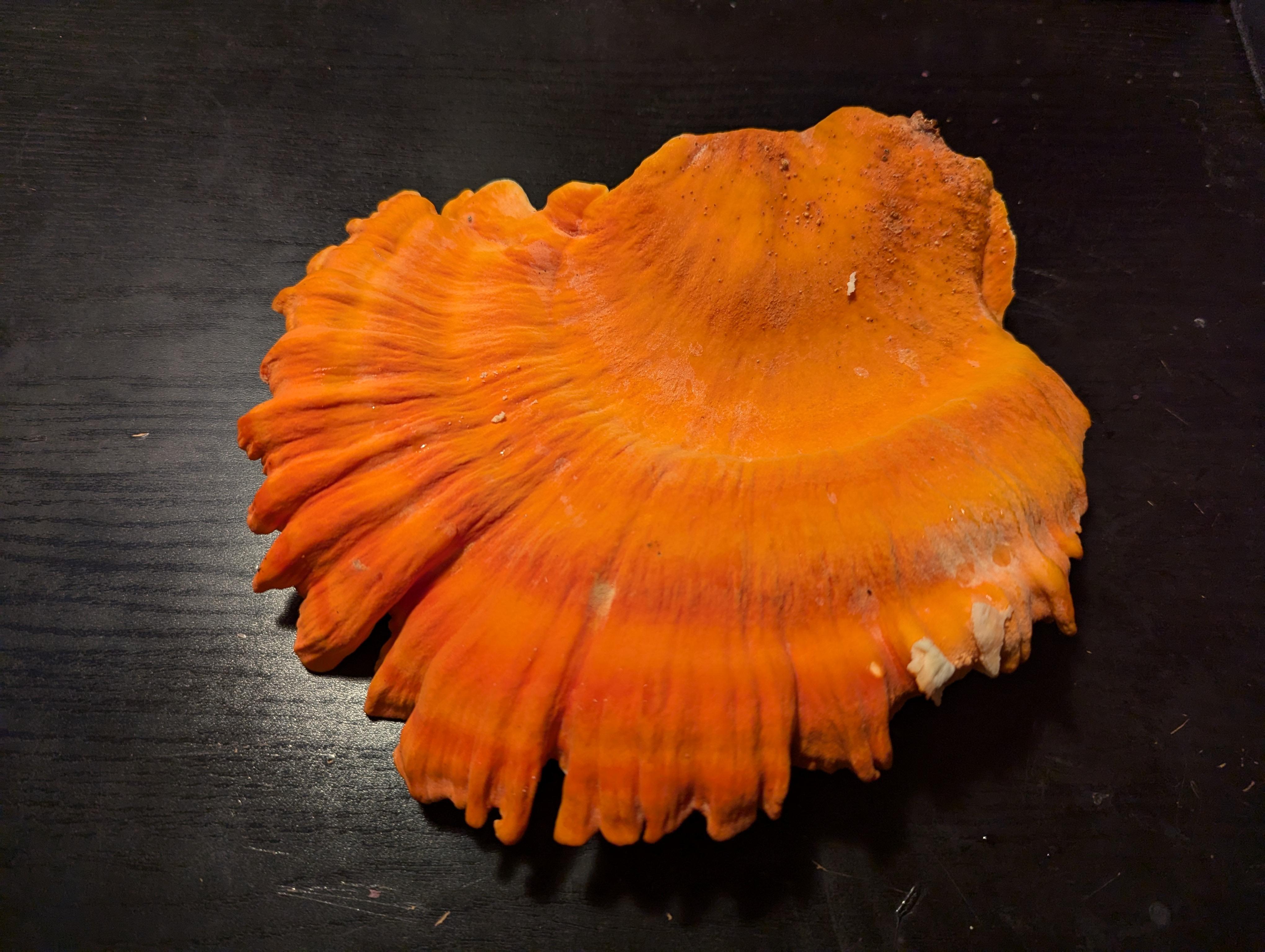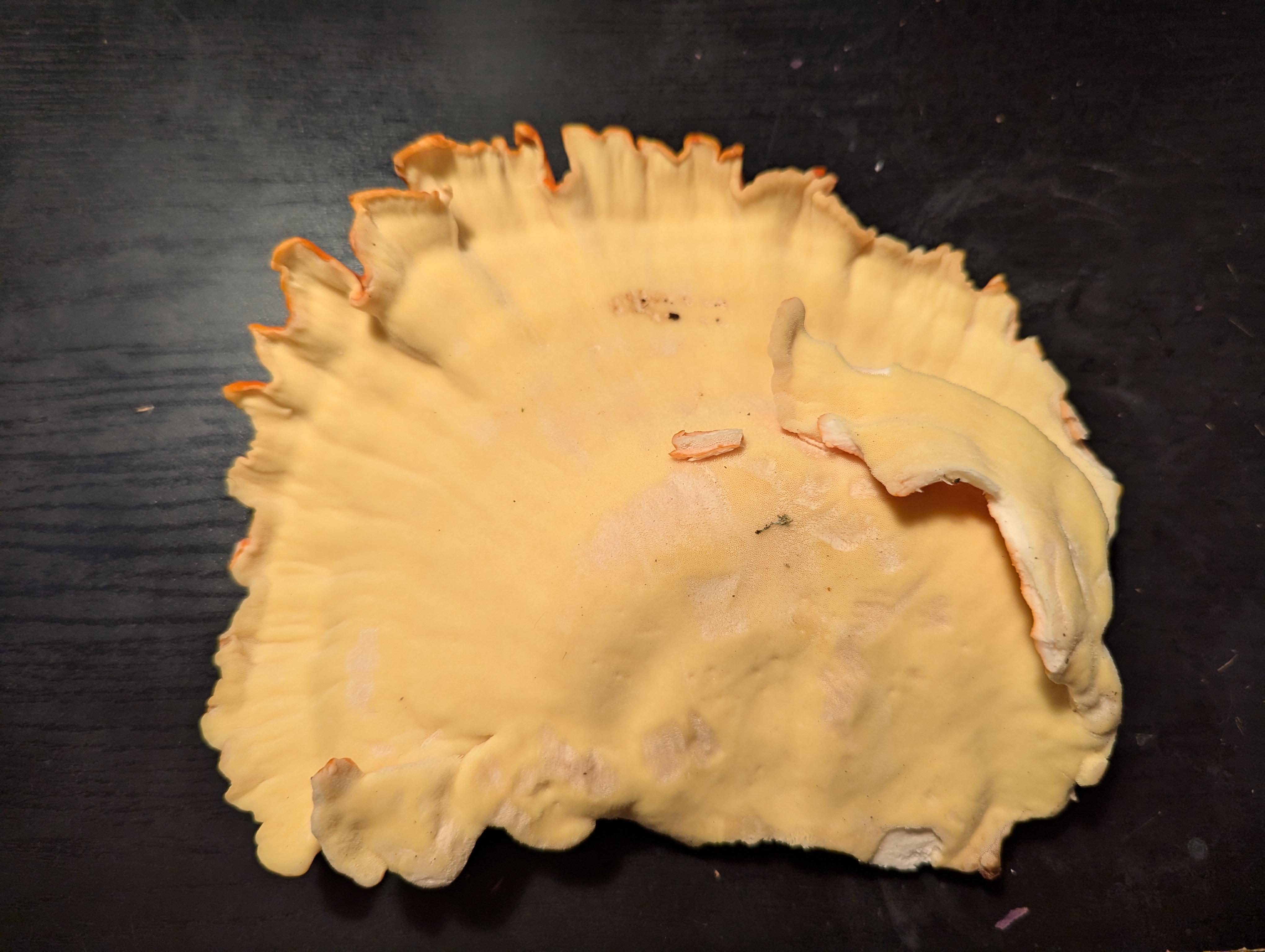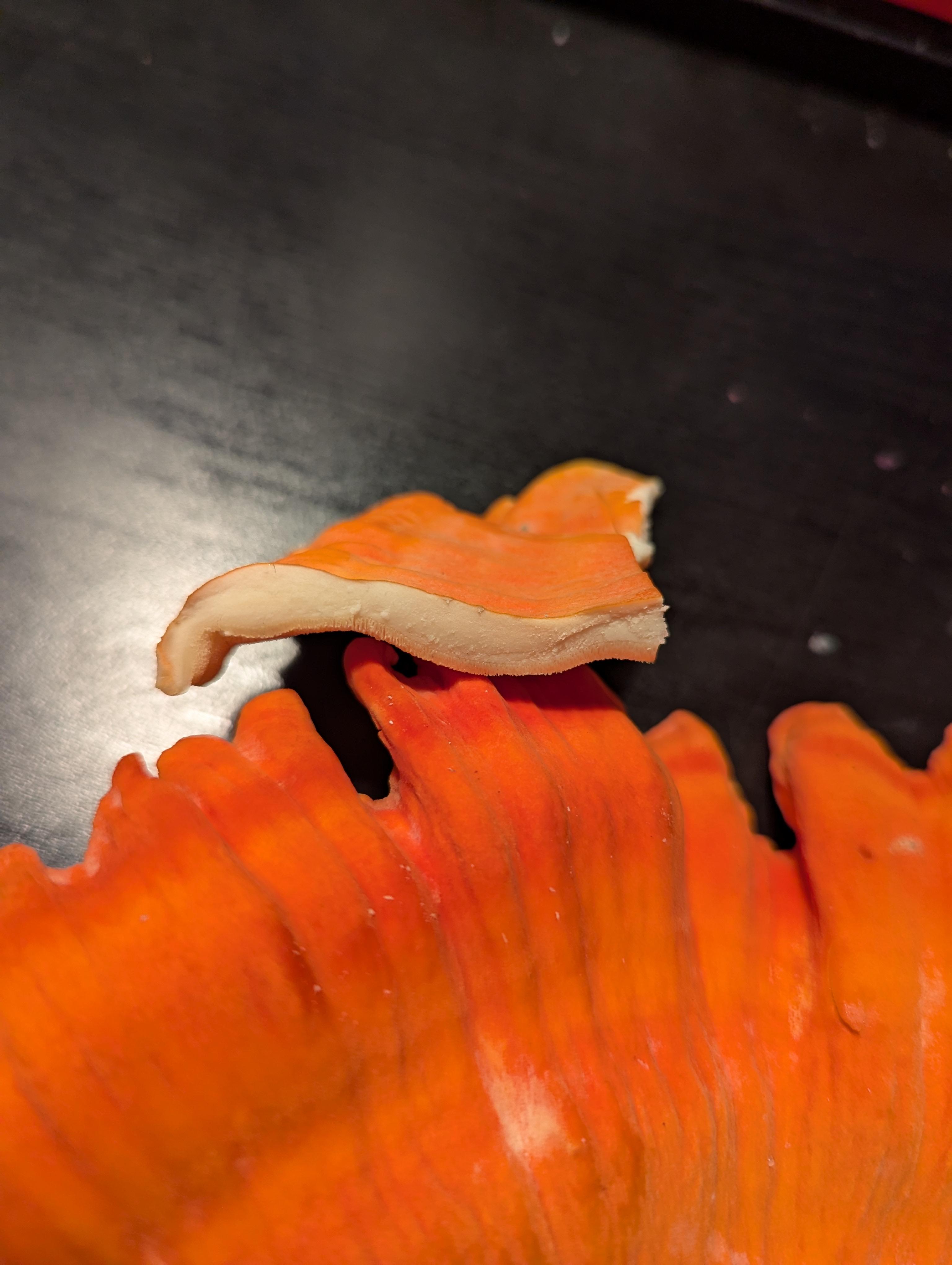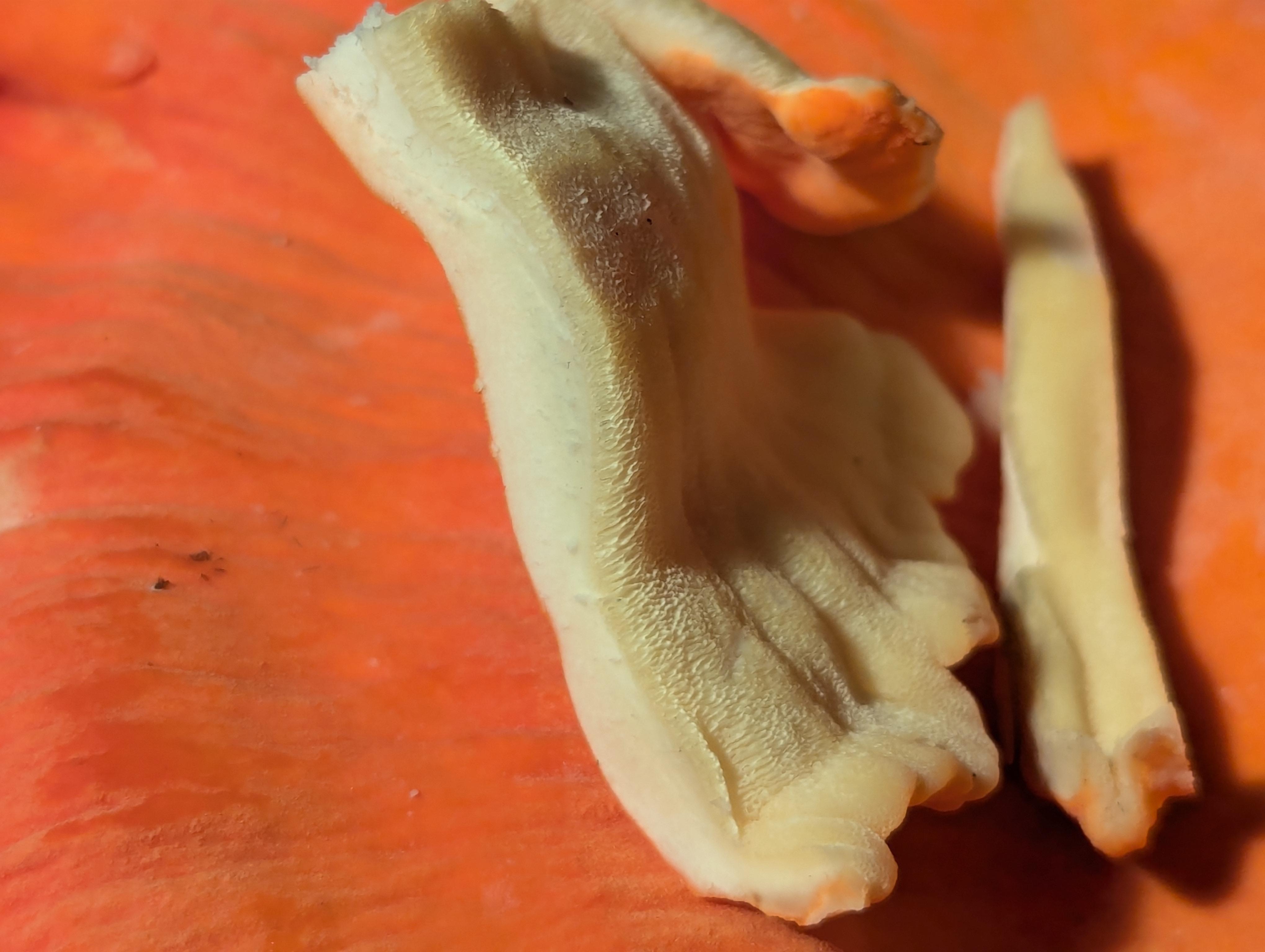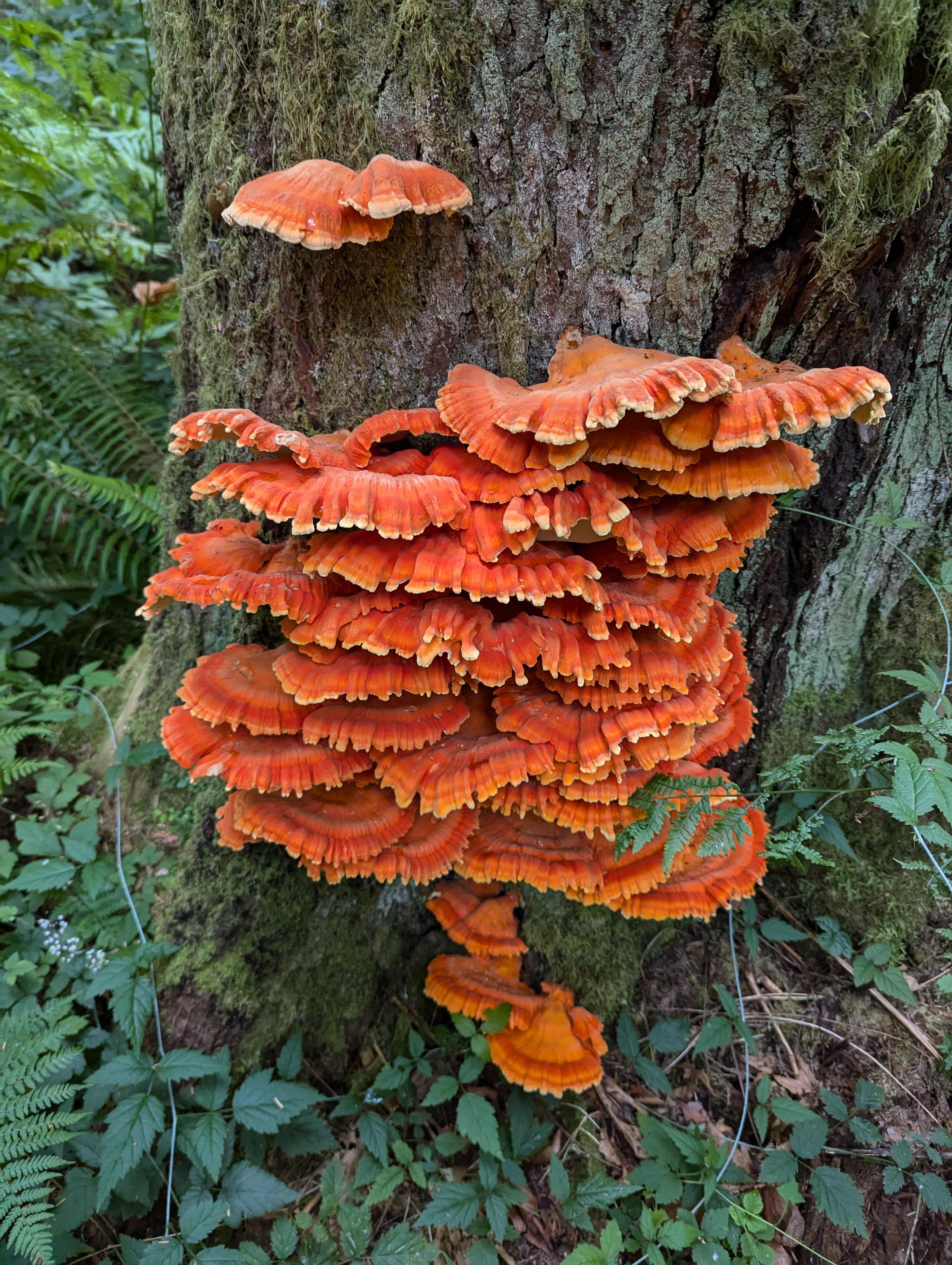Definitely. Looks very fresh and delicious.
Just be aware that some people are sensitive to it and might react negatively to it. That might also be a myth, who knows.
Also, look at the tree it's growing at. There are some species that can make COTW toxic, or at least inedible, making it bitter.
I really like to make chicken nuggets out of it, but using it just like chicken (e.g. fried rice) is extremely delicious!
